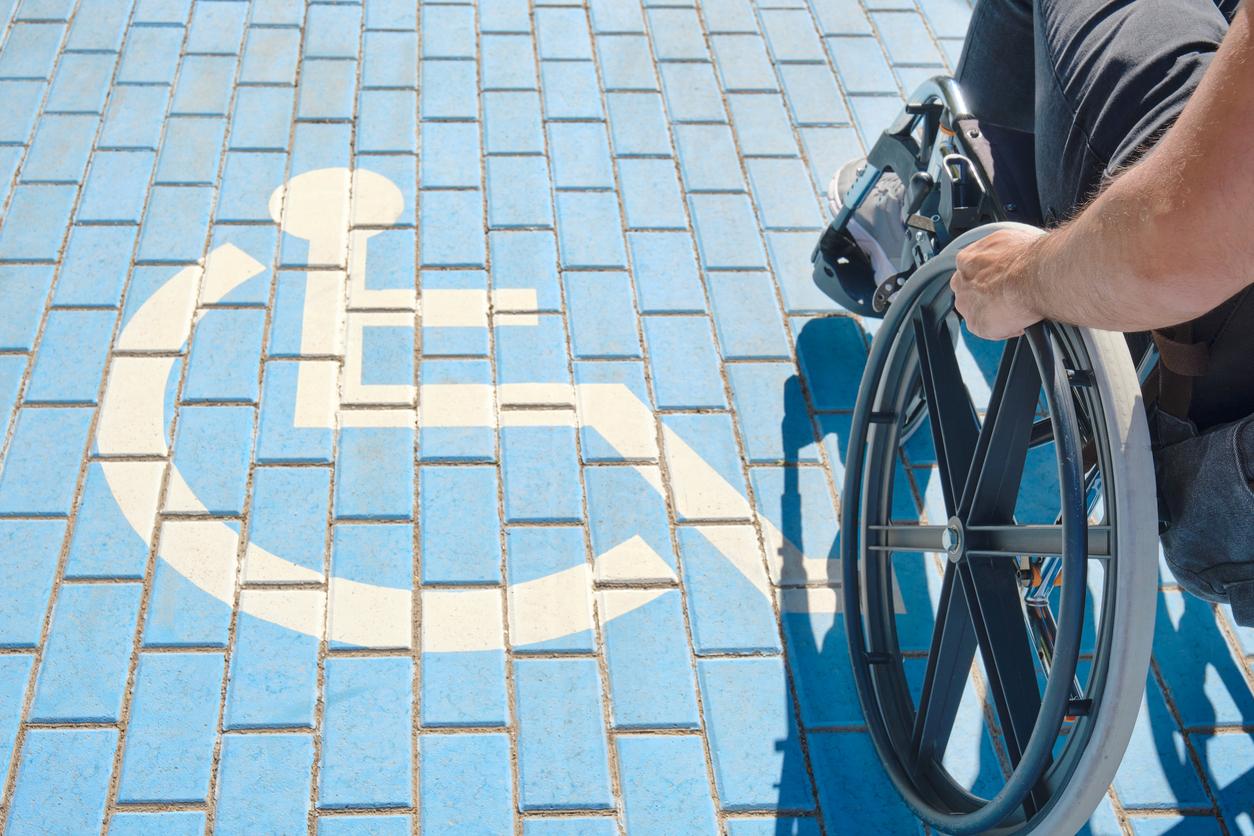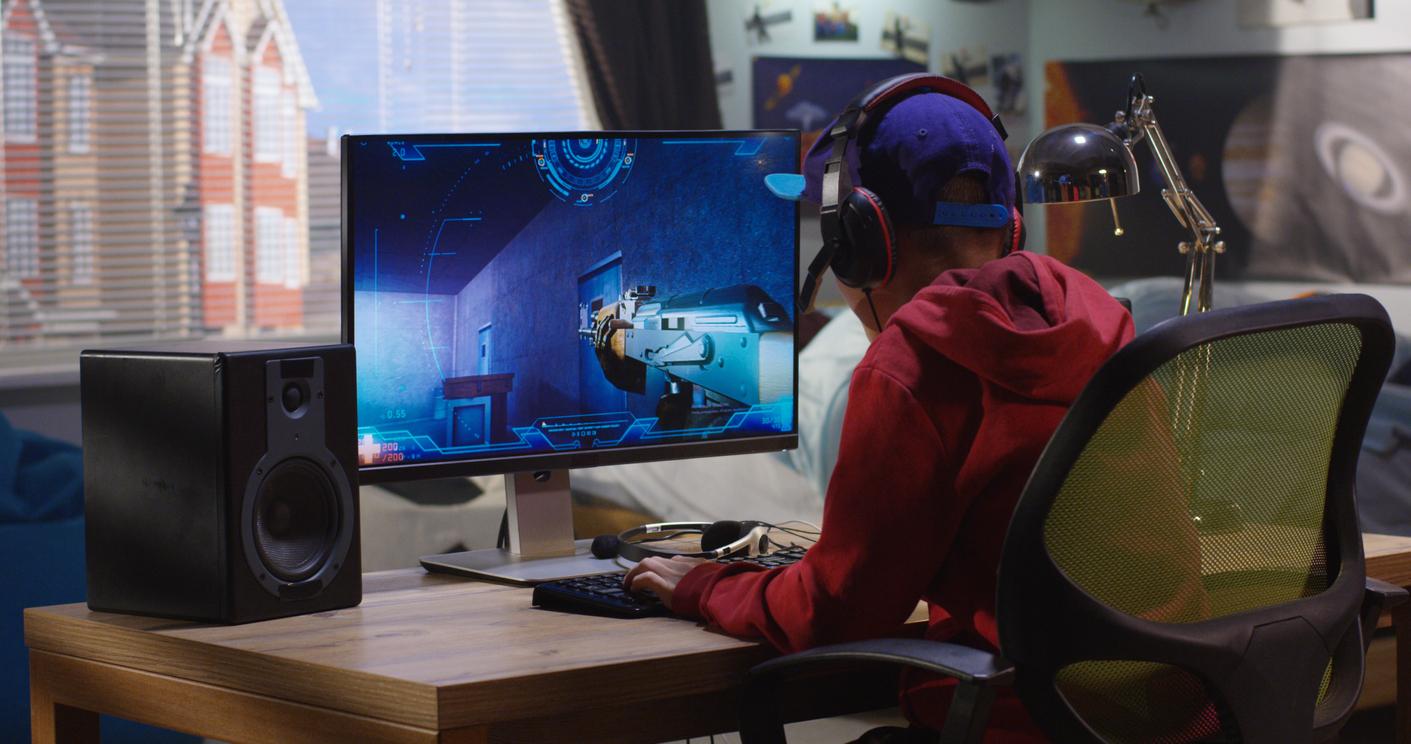Doctors declared 968 incidents (insults, threats) in 2016. This is the highest number of declarations since the creation of the Security Observatory in 2003.

The number will turn off even the most enthusiastic medical students about exercising. 968 incidents (verbal assaults, threats …) were declared in 2016 by practitioners, reveals this Thursday Physician Safety Observatory (1).
This is the highest number of declarations since the structure was created in 2003. Worse, this violence even seems to be waiting for its climax since this figure is clearly higher than the average of 741 incident declarations per year, recorded up to here.
Few legal consequences
In this worrying context, and as in 2015, 56% of incidents still do not lead to legal consequences. Thus, only a third of incidents give rise to a complaint being lodged, and 12% to a filing of handrails.
However, 61% of these incidents consist of verbal attacks and threats, and the main reasons for the incident remain generally stable, but above all derisory: it is above all a reproach relating to a care (31% ), theft (18%), prescription refusal (17%) or even a waiting time deemed excessive (10%).
GPs, the first victims
And on the front line of this violence in the offices, we always find the same professionals: family doctors. The over-representation of general practitioners among victims has indeed increased since 2012, and remained at a record level in 2016.
General practitioners thus represent 65% of declarants, while they represent only 45% of practitioners. Contacted by Why actor, Dr Hervé Boissin, coordinator of the Occupational Safety Observatory, is categorical: “General practitioners have become the punching bags of society’s ills”.
What is your analysis of the 2016 Security Observatory?
Dr Hervé Boissin : This report shows an increase in attacks against doctors. It should be compared with that which affects all professions in charge of a public service (teachers, police officers, etc.). But concerning doctors, the Observatory noticed that in the second half of 2016, this increase in violence was very, very important. We even recorded record numbers with incidents against practitioners which were extremely serious. Moreover, this trend continues in 2017 since one of our colleagues was assassinated.
Listen to the full interview with Dr Herve Boissin :
How do you explain this violence against doctors?
Dr Hervé Boissin : Today, the general population has less regard for the medical profession. This is also the case for other professions (firefighters, teachers, etc.). There is no longer any societal brake on these violent relationships. The general practitioner is on the front line, in particular for verbal attacks, because it is he who is in charge of issuing work stoppages, certificates, and who must see people urgently. When it does not meet patient expectations, the tone often rises, and sometimes things get out of hand. It is one of the punching bags of society’s evils.
Do you have concrete solutions to fight against insecurity?
Dr Hervé Boisin : We must first educate the public. Doctors are there to treat, above all, they provide service and they are not the enemies of the sick. Second, practitioners will have to take preventive measures throughout their practice, whether in multidisciplinary homes or isolated practices, or even in hospitals. Finally, we can also consider why not cameras in medical offices that would only be triggered in the event of an assault.
(1) The 2016 Physician Safety Observatory was carried out by the Professional Practice section of the National Council of the Order of Physicians with IPSOS.
Geography of medical violence
While the majority of incidents take place in the city center (48%), 22% of them take place in the suburbs (21% in 2015) and 16% in rural areas (17% in 2015).
Incidents most often take place in the context of a city medicine exercise (75%, compared to 71% in 2015), while incidents taking place within the framework of an activity in a health establishment. care is down (from 22% to 12%).
The most affected departments are Bouches-du-Rhône (68 incidents) and the North (59 incidents). The Observatory also notes a significant increase in declarations in Seine-Saint-Denis (49 declarations, against 27 in 2015).
.















